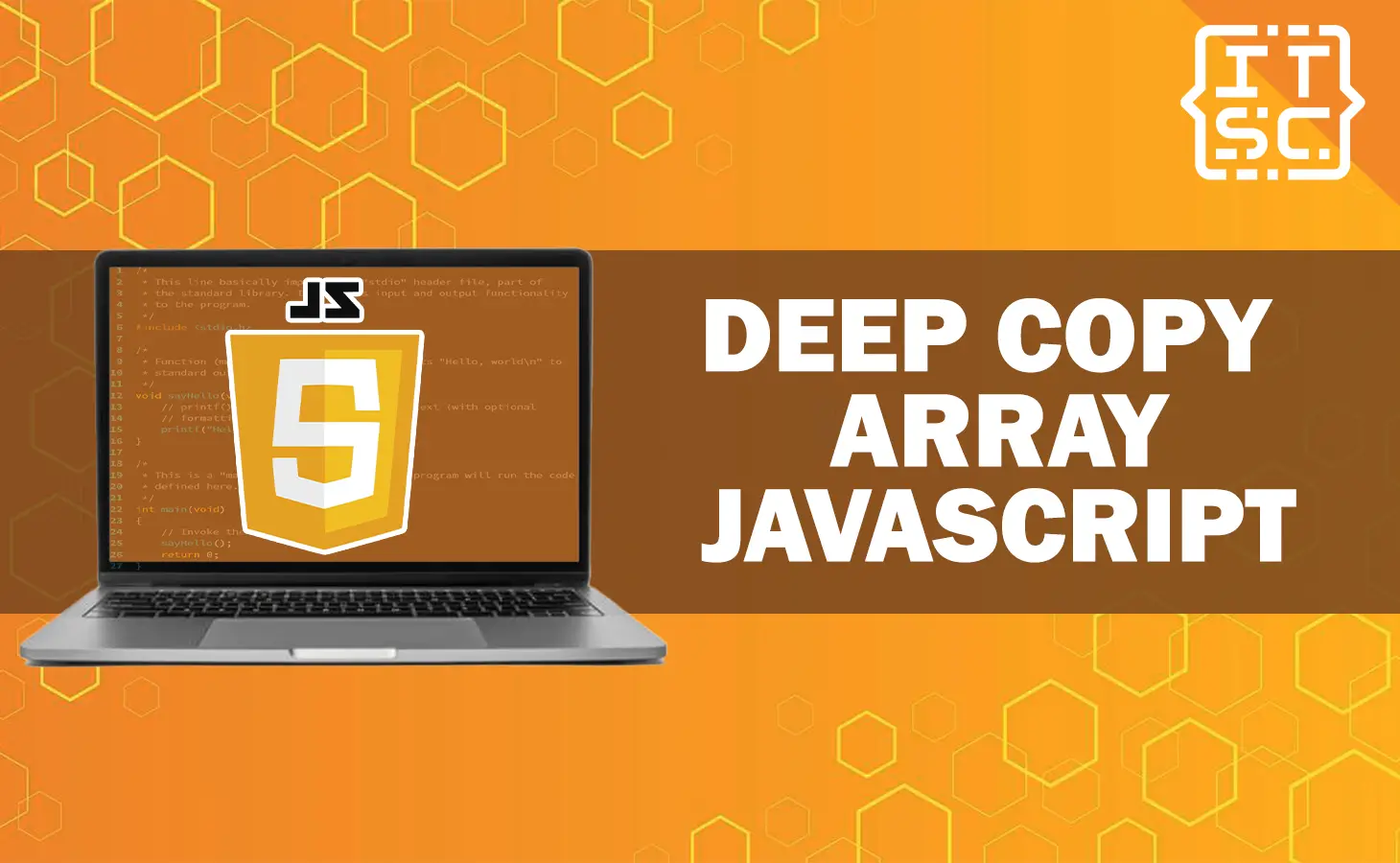JavaScript deep copy array requires creating a whole new array that is a duplicate of the original, rather than just copying references.
In this article, we will discuss into the complexity of deep copy array JavaScript.
From the basics to advanced methods, we will discuss how to deep copy an array in JavaScript with accurate data manipulation.
Understanding of JavaScript deep copy array?
A deep copy is essential when you need to work with arrays without affecting the original data.
Let’s understand the fundamental concepts and methods to master deep copying in JavaScript.
What is Deep Copy Array JavaScript?
Deep copying in JavaScript requires creating a new array that is an exact copy of the original array, including all nested elements, without any shared references.
This is to assure that alteration to the copied array won’t affect the source array.
Why Use Deep Copying?
Using deep copies is important to prevent unexpected changes to the original array.
When you perform operations on an empty copy (copy of references), changes made to nested objects or arrays will reflect in both copies.
Deep copying removes this concern by creating a confined duplicate.
Here are the following methods for deep copying:
- Using Loops
- One of the simplest methods is to loop through the original array and its nested elements, creating new examples. This can be obtained using for or forEach loops.
- Spread Operator
- Introduced in ES6, the spread operator (…) can be used to create a new array with the elements from the original array.
- JSON.parse() and JSON.stringify()
- This method uses the JSON methods to convert the original array to a JSON string and then parse it back to an array, resulting in a deep copy.
- Library Functions
- Many JavaScript libraries, like lodash, provide utility functions like _.cloneDeep() to perform deep copies effectively.
Methods for Deep Copying JavaScript Arrays
In this section, we will discuss each method in detail, guiding you through the implementation process.
Method 1: Using Loops Function for Deep Copy
Looping through arrays and objects manually enables you to create deep copies proficiently.
Here’s an example code:
function deepCopyUsingLoopSample(input) {
if (Array.isArray(input)) {
let copySample = [];
for (let i = 0; i < input.length; i++) {
copySample[i] = deepCopyUsingLoopSample(input[i]);
}
return copySample;
} else if (typeof input === 'object' && input !== null) {
let copySample = {};
for (let key in input) {
if (input.hasOwnProperty(key)) {
copySample[key] = deepCopyUsingLoopSample(input[key]);
}
}
return copySample;
} else {
return input;
}
}
Method 2: Using the Spread Operator Function
The spread operator provides a clear method to create deep copies of arrays:
Let’s look at the example code:
const originalArrayFunction = [1, 2, [3, 4]];
const deepCopiedArrayResult = [...originalArrayFunction];
console.log(deepCopiedArrayResult)Output:
[ 1, 2, [ 3, 4 ] ]Method 3: Using JSON Methods
The JSON method is effective, but it has limitations. It can’t handle certain data types like functions and undefined values:
For example:
const originalArrayFunction = [10, 20, [30, 40]];
const deepCopiedArrayResult = JSON.parse(JSON.stringify(originalArrayFunction));
console.log(deepCopiedArrayResult)Output:
[ 10, 20, [ 30, 40 ] ]Method 4: Exploring Library Functions
Using libraries can shorten the deep copying process.
For example, with lodash:
const _ = require('lodash');
const originalArrayFunction = [11, 12, [13, 14, 15]];
const deepCopiedArrayResult = _.cloneDeep(originalArrayFunction);
console.log(deepCopiedArrayResult)Advanced Tips for Successful Deep Copying
Maintaining Data Integrity
When working with complex objects and arrays, make sure that you handle circular references appropriately. Implement checks to prevent infinite loops while deep copying.
Performance Considerations
Deep copying can be resource-intensive, especially for large datasets. Choose the method that fits your specific use case and consider performance implications.
Testing and Validation
Comprehensively test your deep copying implementation to guarantee accurate duplication. Create test cases with different nested structures to ensure reliability.
FAQs
Deep copying creates a completely new array with duplicate values, including all nested elements. Shallow copying, on the other hand, copies references to the original elements, potentially leading to shared data.
Yes, the spread operator can handle complex nested arrays effectively, creating deep copies without any shared references.
Deep copying can impact performance, specifically for large datasets. It’s essential to choose the proper technique based on your project’s requirements.
Conclusion
In conclusion, mastering deep copy array JavaScript is a crucial skill for every JavaScript developer.
With a solid understanding of deep copying methods, you can manipulate arrays without concerns about unexpected side effects.
Whether you are working on a small project or a complex application, the ability to create accurate deep copies will enhance your programming capabilities.

